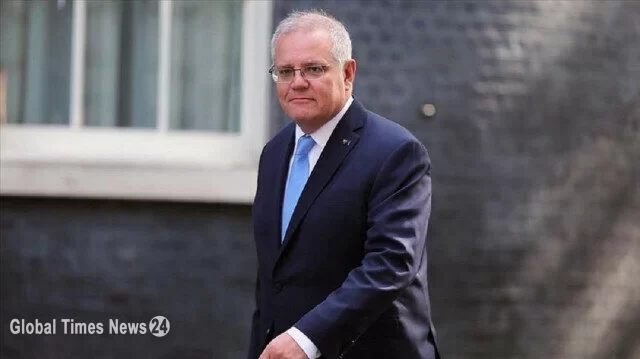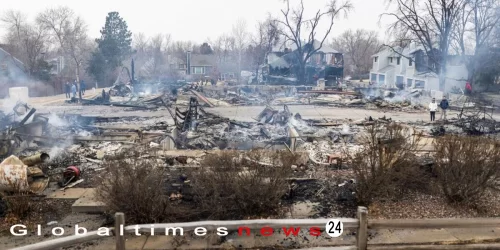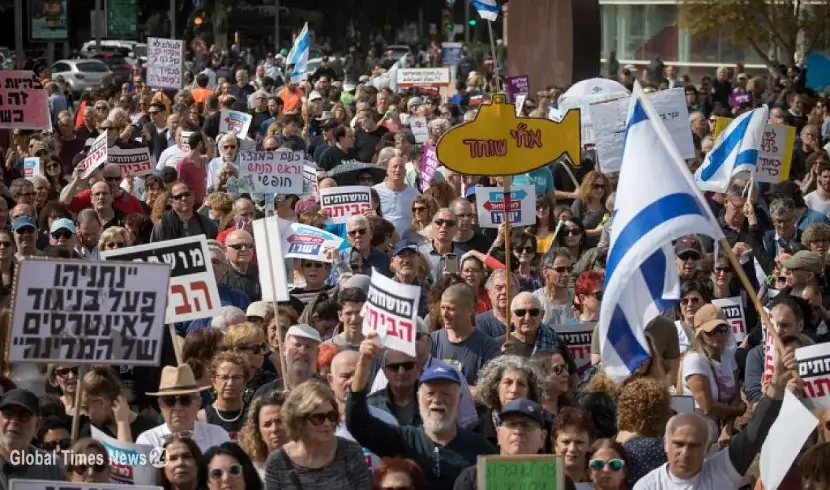How the Israeli-Palestinian Conflict Began
Table of Contents (Show / Hide)

Israel, it's the only Jewish nation in the world, and it didn't officially exist until 1948. But many people associate Israel with its ongoing conflict with Palestine. A violent dispute over land, political control, and resources. To understand why, we have to look back a few thousand years. Both Jews and Muslims have strong religious and cultural ties to the region dating back about 4,000 years to Abraham considered the father of the two religions. According to the Old Testament, God told Abraham and his people to settle in a land called Canaan, which is in the approximate region of modern-day Israel. In 1,000 BCE King Saul established the Israelite monarchy, which continued under King David and his son, Solomon who built the first Jewish temple in Jerusalem. This historical legacy became part of the Jewish claim to the land of Israel.
The land would continue to be conquered and ruled by various groups, including Persians, Greeks, Romans, Arabs, Egyptians, Fatimids, Seljuks, Crusaders, Mamluks, and the Ottomans, who called the region Palestine. It would become home to many sites considered sacred by Jews, Muslims, and Christians alike. During these transitions Jews were forced to flee the area creating a diaspora, dispersion of people from their homeland. But in Europe, the Jewish diaspora also faced oppression and persecution. So, in the 1880s many Jewish people started emigrating back to the promised land in Ottoman controlled Palestine. By 1914 there were more than 75,000 Jews in the area. After World War I, Great Britain took control of modern-day Israel, Palestine, and Jordan from the Ottomans.
In 1922 the League of Nations approved a British declaration that promised a national home for the Jewish people in Palestine, but it would be more than two decades before that promise was fulfilled. In 1939 World War II broke out. More than 6 million Jews were murdered in the Holocaust with millions more displaced. In 1947 after the war was over, the United Nations decided to partition Palestine into two countries, the Jewish state of Israel and the Arab state of Palestine. Israel agreed to the partition and borders were drawn for two states, but many Arab residents thought the partition unfairly favored the Jewish population. Violence soon broke out. On May 14th, 1948 the state of Israel was established With David Ben-Gurion as it's prime minister. Almost immediately the Arab League, a group of surrounding Arab countries, rejected the partition and attacked. Israel fought back and after more than nine months of conflict, its armed forces occupied much of the land designated to become the Arab state of Palestine. Egypt took control of the Gaza Strip. Jordan, then called Transjordan, took control of the West Bank.
The original plan for a Palestinian state was scrapped. This historic event was a victory for many Jewish people, but approximately 720,000 Arabs fled or were expelled from their homes, many taking refuge in the Gaza Strip and the West Bank. This war would be remembered in Hebrew as the War of Independence and in Arabic as The Catastrophe. Tension between Jews and Arab Muslims in the region would continue for decades. Fighting between Israel and its Arab neighbors continued on and off for the next 60 years. In 1964 the Palestine Liberation Organization formed to consolidate the power of many small Palestinian groups. In the 1967 six-day war Israel defeated the armies of Egypt, Syria, and Jordan, and gained control of significant territory. In 1987 following an incident with the Israeli defense forces that left four Palestinian refugees dead, Palestinian militia led a violent uprising known as the First Intifada that resulted in hundreds of deaths.
After the First Intifada Israel and the PLO created a timetable for peace, the Oslo Accords. Further peace talks in 2000 proved unsuccessful when agreements could not be reached on issues like the status of Jerusalem, the rights of refugees, and increased Jewish settlements in Palestinian lands. Later that year Ariel Sharon, who would become Israel's prime minister, visited the Temple Mount, home to the Al-Aqsa Mosque in Jerusalem. An act many Palestinians found offensive. Violent protests, riots, attacks, and suicide bombings broke out. This period of violence called the Second Intifada lasted nearly five years and marked the end of any peace that had come from the Oslo Accords. The violence ended in 2005 when Israel withdrew from Gaza. In 2006, a militant Sunni Islamist group, Hamas, won the Palestinian legislative elections.
Many countries consider Hamas a terrorist group because of their methods, such as carrying out suicide bombings, and calling for the destruction of Israel. Hamas and Israel continued to clash violently. In 2017, Hamas called for the formation of a Palestinian state using the 1967 borders, but it did not formally recognize Israel as a state. So, Israel did not accept. Today, Palestine continues to fight for statehood. The conflict is further complicated by Israelis who continue to settle in the West Bank. Several countries have pushed for peace agreements in recent years, and many suggest a two-state solution. Though a peaceful solution has yet to be achieved, the region remains a place of significance for people of many ethnic and religious backgrounds.
URL :
News ID : 2789



 Journalist killed in Gaza Strip, death toll rises to 138
Journalist killed in Gaza Strip, death toll rises to 138
 Australia marks 14th anniversary of apology to Stolen Generations
Australia marks 14th anniversary of apology to Stolen Generations
 Nearly 1,000 homes destroyed in Colorado Wildfire
Nearly 1,000 homes destroyed in Colorado Wildfire
 Sinn Fein to become largest party in Northern Ireland vote
Sinn Fein to become largest party in Northern Ireland vote
 Ismail Haniyeh: A Palestinian Leader and Hero of Resistance
Ismail Haniyeh: A Palestinian Leader and Hero of Resistance
 Nakba 75: Palestinian citizens of Israel are exiles in their own land
Nakba 75: Palestinian citizens of Israel are exiles in their own land
 Intensifying ethnic polarity in Israel reaches deadline of election campaign
Intensifying ethnic polarity in Israel reaches deadline of election campaign
 What is the "curse of the eighth decade" and why are Zionist Jews so terrified of it?
What is the "curse of the eighth decade" and why are Zionist Jews so terrified of it?
 Historical Figures on Hussain's Sacrifice & Impact
Historical Figures on Hussain's Sacrifice & Impact
 Early Maya Civilization
Early Maya Civilization
